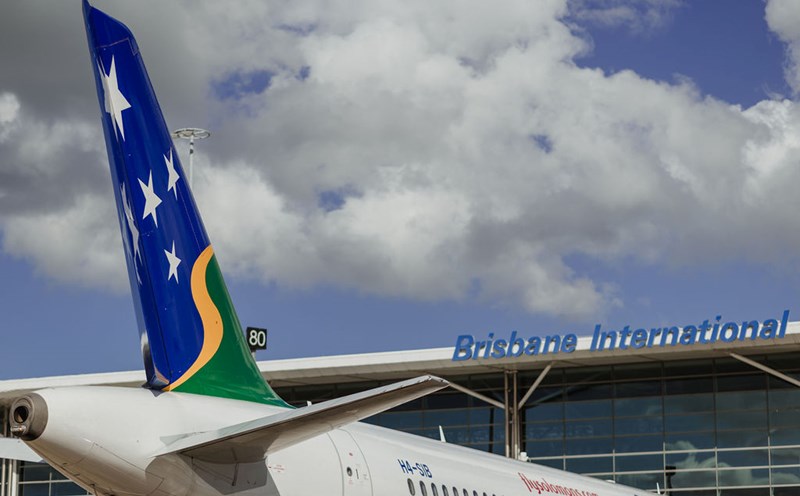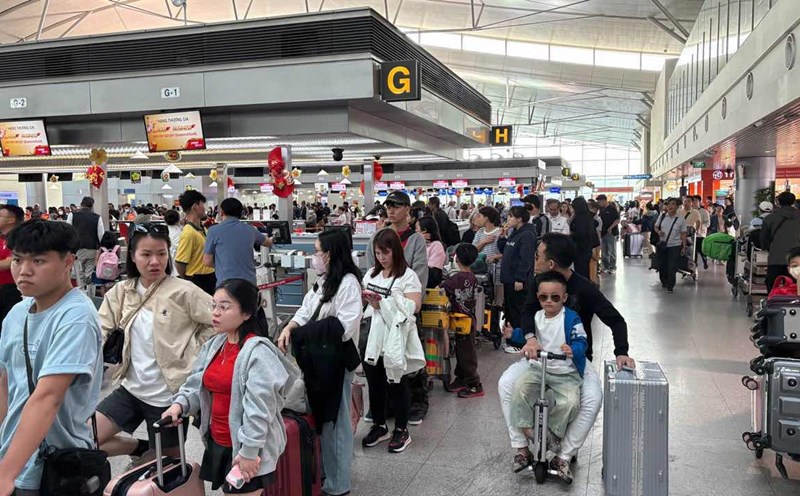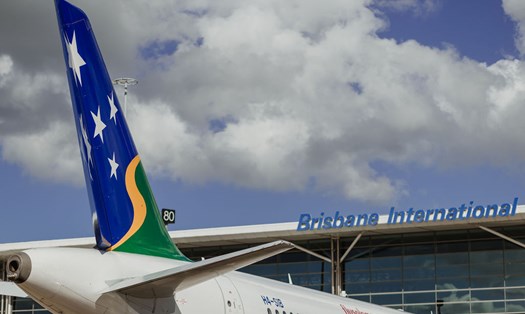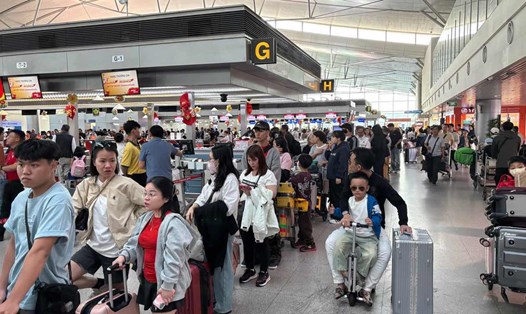Storm Alfred has weakened into a tropical depression off the coast of Eastern Australia, but heavy rain with strong winds and flooding has caused severe damage to coastal areas.
Due to the impact of storm Alfred, hundreds of flights were delayed or canceled. International and domestic flights in Australia were resumed from 6am on March 9 (local time) about 24 hours after storm Alfred weakened.
Flights from Vietnam were also affected. Vietjet Air announced an adjustment to the plan to operate some flights to Brisbane, Australia.
Flights including VJ083 from Ho Chi Minh City to Brisbane and VJ084 from Brisbane to Ho Chi Minh City on March 7 will have their departure times adjusted to ensure safety.
Accordingly, flight VJ083 on March 7 departed at 00:005 (local time) on March 9, while flight VJ084 on March 7 was scheduled to take off at 13:00 (local time) on March 9.
On the morning of March 9, Brisbane Airport announced its opening and airlines resumed operations. However, the airport noted that the weather could affect some flights.
Passengers are advised not to go to the airport if their schedules are not confirmed by the airline. Passengers are advised to proactively update flight information through the airline's website, phone application or contact ticket offices, official agents and customer service hotline for support.
The tropical depression weakened by Typhoon Alfred moved inland on the night of March 8 (local time) after crossing Bribie Island, carrying gusts of up to 104 km/h in Redcliffe and 95 km/h in Toowoomba, according to the BOM, according to news.com.au.
The BOM recorded more than 230mm of rain in six hours in Hervey Bay, Australia. Video recorded from this area shows drivers driving on flooded roads to car doors, vehicles being swept away, and floods rising.
As of the morning of March 9 (local time), more than 320,000 households in the Southeast region of Australia and 16,000 households across northern New South Wales were still without power.






